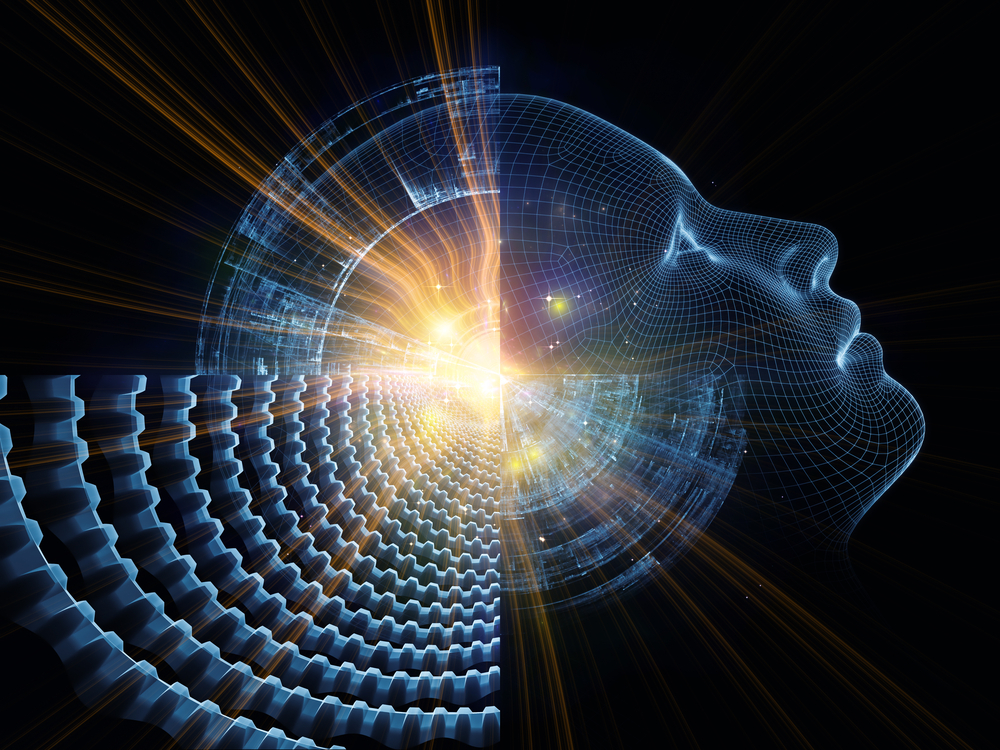Share This
Related Posts
Tags
Apple Advances
By Erica Rascón on Feb 27, 2017 in Technology
Tight-lipped Apple is finally opening up on its tech advancements and is turning heads: the company’s recent developments explore how a combinatio n of solar energy and artificial intelligence can further reduce energy consumption.
n of solar energy and artificial intelligence can further reduce energy consumption.
Solar Energy
The California-based tech company has joined forces with utility provider NV Energy. Together, they will increase the solar power to Apple’s Reno data center by 200MW.
In a press release, NV Energy president and CEO Paul Caudill stated, “We are proud to play a role in helping Apple meet their energy needs with Nevada’s abundant solar resource.” He continues, “In partnership with our customers, we continue to develop a more balanced fuel mix in a way that benefits the local economy by providing hundreds of jobs for Nevadans, particularly those in the International Brotherhood of Electrical Workers local 357 and 396, and advances the state’s policy goals.”
Apple will dedicate 5MW of power towards their partner’s solar program for residences and businesses.
“Our partnership with NV Energy helps assure our customers their iMessages, FaceTime video chats and Siri inquiries are powered by clean energy, and supports efforts to offer the choice of green energy to Nevada residents and businesses,” said Lisa Jackson, Apple’s vice president for environment, policy and social initiatives.
She adds, “Investing in innovative clean energy sources is vital to Apple’s commitment to reaching, and maintaining, 100 percent renewable energy across all our operations.”
Artificial Intelligence
When it comes to AI, casual Apple users think of Siri, the (more-often-than-not) intelligent assistant. But Apple’s new approach to machine learning explores how AI can reduce energy usage in data centers
Google was one of the earliest major tech companies to blaze the trail for energy-saving AI. As early as July 2016, Google announced that AI reduced data center energy consumption by 40 percent. In a blog post, Google explains, “We now get around 3.5 times the computing power out of the same amount of energy.” Those energy savings also improve the efficiencies of companies that operate on Google’s cloud.
Apple pursues energy savings for its data centers as well. Cooling the data center consumes a worrisome amount of energy. Apply has applied machine learning to uncover greater efficiencies. There are limited details available but consumers and AI community members can look for updates in published research papers.
Yes, Apple now publishes research papers. The first paper, circulated in December 2016, addressed the company’s AI advancements. Apple describes a method to improve an AI’s ability to recognize computer-generated images:
In the past, an AIs neural network had difficultly converting the information learned from computer generated scenarios into real world situations. The synthetic versions were easier to create because they are faster to manipulate but their algorithms don’t always smoothly translate to real world scenes.
In response, Apple developed “Simulated + Unsupervised” learning. Simulated + Unsupervised learning enhances the realism of synthetic images and integrates Generative Adversarial Networks that produce photorealistic images.
Due to Apple’s progress, AI’s neural networks can learn faster using computer-generated images and apply that learning more accurately to real-world scenarios. Apple has not revealed precisely how these advances could be applied to energy conservation.
Back Channel offers a brief yet insightful look into how AI and machine learning work at Apple.
Consumers and industry professionals can look forward to greater innovation—and insights into those innovations—from the traditionally secretive company. Apple has joined the league of extraordinary companies, the Partnership on Artificial Intelligence, which regularly dialogues on advancements in the field. The partnership includes competitors Google, Microsoft, IBM, and Amazon among others. At its core, the non-profit encourages AI education, acceptance and improvements for societal good.
